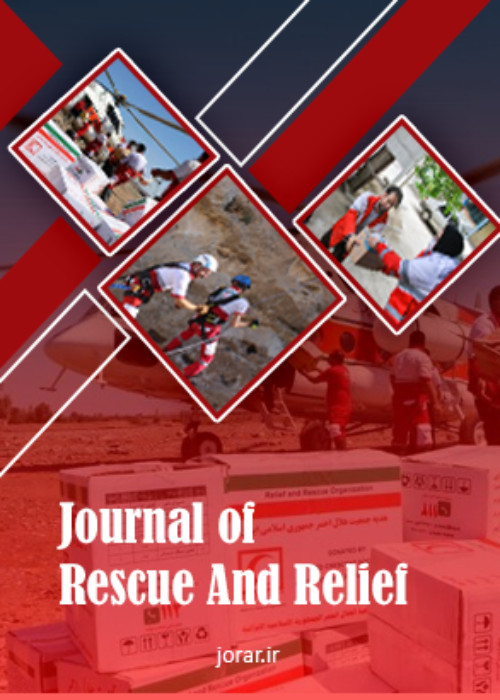Evaluation of Physical Resilience of Karaj City, Iran, against Earthquake
Natural hazards, especially earthquakes, have resulted in mass casualties and damages in different parts of Iran. Therefore, it is necessary to take required measures in relation to risk reduction, preparedness and coping with earthquake effects. Regarding the fact that resilience is a relatively new concept, despite the great attention to this term and its abundant application in different fields, measuring the level of earthquake resilience, as well as creating and improving it in urban settlements is a challenging necessity.
The review of literature was carried out first and the physical resilience indicators were deduced. Subsequently, a questionnaire was prepared for experts with the aim of weighting and prioritizing the indicators. Then the weight of them was calculated using the Expert Choice software and AHP (Analytic Hierarchy Process). After weighing, the indicators were prioritized. In the next step, the required information layers were prepared in accordance with the inferred indices in GIS software. After preparing the required layers and maps, a fuzzy function was used to standardize. Then, the weight of the layers was multiplied in the standardized indicators, and after calculating the layers, the final map of the physical resilience of Karaj City, Iran, against earthquake was prepared and analyzed.
Karaj City is one of the most vulnerable areas to earthquake due to its place located in the southern slopes of Alborz and on active faults. According to the maps prepared in this paper, large areas of Karaj City, especially in the central regions, have formed vulnerable places, which in the event of an earthquake, will have huge casualties and damages in the urban areas.
It is suggested that the physical resilience of the living environment within the case study should be in accordance with the prioritization obtained in the article: 1) infrastructures, 2) buildings, 3) urban structure and 4) land use and natural factors. Also, spatial priorities should be observed in promoting urban resilience in accordance with the final map.
- حق عضویت دریافتی صرف حمایت از نشریات عضو و نگهداری، تکمیل و توسعه مگیران میشود.
- پرداخت حق اشتراک و دانلود مقالات اجازه بازنشر آن در سایر رسانههای چاپی و دیجیتال را به کاربر نمیدهد.


